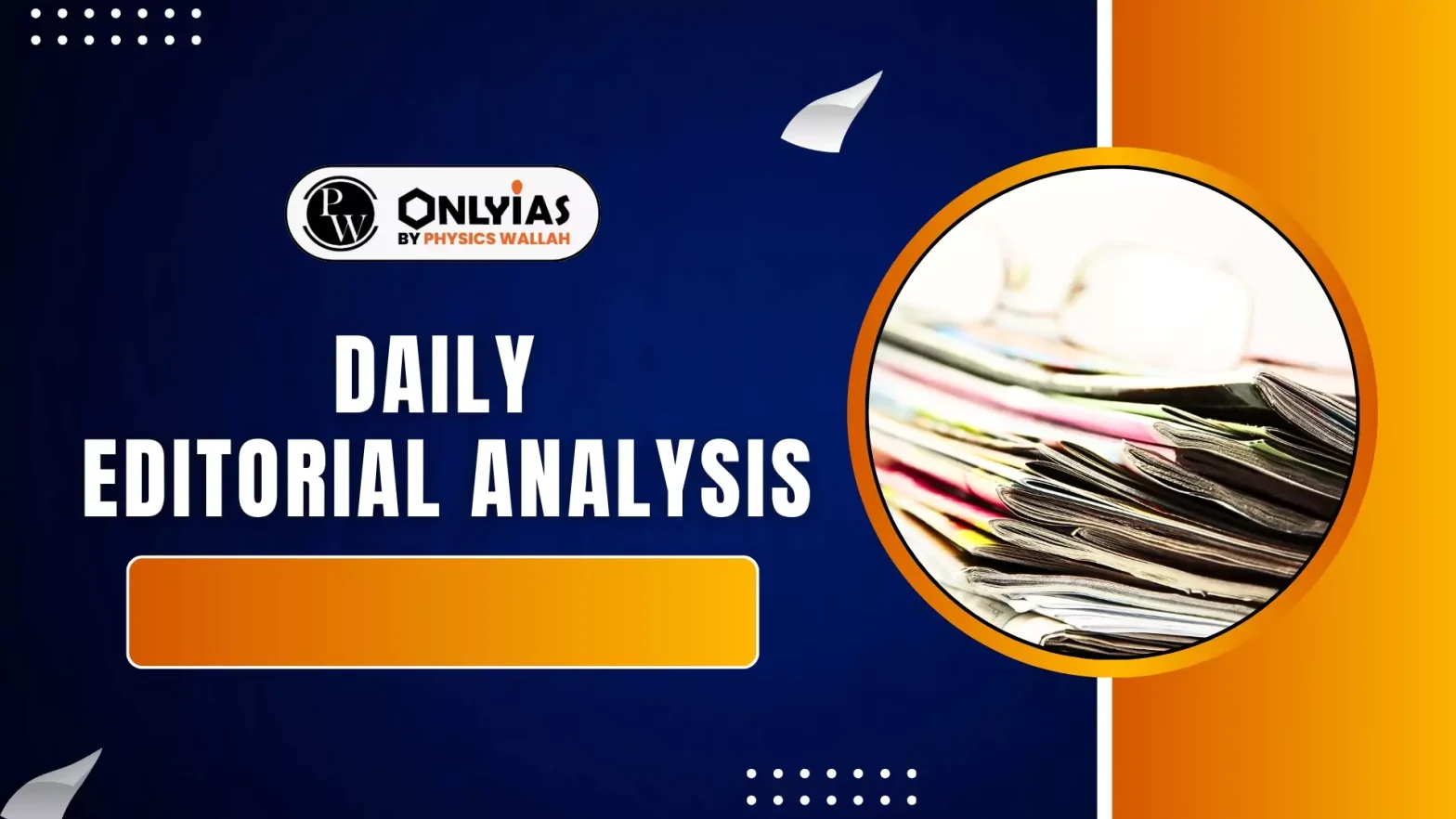As India strives toward the ambitious goal of Viksit Bharat by 2047, strengthening governance through collaborative federalism and digital transformation has become central to policy efforts. In this, e-governance has been a focus for transparency, efficiency, and accountability.
Understanding E-Governance
- E-governance refers to the use of digital technologies—such as the internet and ICT tools—for delivering public services, enabling communication, and fostering citizen participation in administration.
- At its core, e-governance seeks to: Bridge the gap between citizens and the state.
- Pillars of E-Governance: The ultimate aim to empower citizens
![E-Governance]()
Stakeholders of E-Governance
- People: Citizens are at the heart of e-governance. Their digital inclusion and participation determine the success of any digital initiative.
- Projects like BharatNet, which has connected over 2 lakh Gram Panchayats with high-speed broadband, are crucial in empowering rural populations and bridging the urban-rural digital divide.
- Process: Digital governance relies on re-engineering outdated administrative processes to make them faster, more transparent, and citizen-centric.
- The transition to e-Files, the availability of online RTI filing, and simplified inter-departmental workflows have significantly reduced delays and improved government responsiveness.
- Technology: Robust technological platforms provide the infrastructure necessary for e-governance.
- Flagship tools such as Aadhaar, UMANG, DigiLocker, and e-Courts exemplify how technology enhances service delivery, reduces paperwork, and increases access to public services across sectors.
- Resources: The availability of resources, both physical and human, is critical for implementing and sustaining e-governance.
- Institutions like the National Informatics Centre (NIC) provide the necessary data centres and digital infrastructure, while dedicated budget allocations and trained manpower ensure operational continuity and scalability.
Four Channels of E-Governance
Together, these four channels—G2C, G2B, G2G, and G2E—cover the full spectrum of governance interactions.
- Government-to-Citizen (G2C): Online services such as bill payments, permits, and certificates.
- Example: The UMANG (Unified Mobile Application for New-age Governance) app provides access to over 1,200 services.
- Government-to-Business (G2B): Simplifying licenses, tax filings, and regulatory processes.
- Example: Platforms like the GST portal and the Government e-Marketplace (GeM) that ensures transparent, efficient public procurement
- Government-to-Government (G2G): Enhancing interdepartmental data exchange and coordination.
- Example: Initiatives like PM GatiShakti, powered by a Geographic Information System (GIS) platform, integrate ministries and departments for real-time planning.
- Government-to-Employee (G2E): Managing HR functions like salaries, transfers, and leave digitally.
- Example: SPARROW (Smart Performance Appraisal Report Recording Online Window) digitizes the appraisal and HR management process for civil servants.
Milestones in the Evolution of E-Governance in India
- 1976: Establishment of the National Informatics Centre (NIC)
- The foundation for IT-enabled governance was laid with the creation of the National Informatics Centre (NIC) in 1976.
- 2006: Launch of the National e-Governance Plan (NeGP)
- It introduced 27 Mission Mode Projects (MMPs) aimed at digitizing key government services.
- Expansion of Common Service Centres (CSCs): These centers serve as digital hubs that provide various government services and information to citizens in remote areas
- 2015: Digital India and e-Kranti Initiatives
- e-Kranti is the upgraded phase of the National e-Governance Plan (NeGP 2.0), aimed at bringing government services directly to citizens’ fingertips.
- Introduction of the Mobile First, Cloud First strategy to enhance the reach and scalability of digital services.
- Implementation of the JAM Trinity — Jan Dhan accounts, Aadhaar, and Mobile connectivity — which forms the backbone for digital financial inclusion and service delivery.
- Enabled Direct Benefit Transfers (DBT), ensuring subsidies and welfare payments reach beneficiaries directly, reducing leakages.
Benefits of E-Governance
- Transparency: Digital records and online transactions reduce the scope for tampering and corruption, ensuring a more transparent government functioning.
- Time-Saving and Convenience: Online platforms eliminate the need for physical visits to government offices, saving time and reducing bureaucratic delays.
- Inclusiveness: Digital governance platforms extend services to traditionally underserved groups such as rural populations, Scheduled Castes and Scheduled Tribes (SC/ST), and women, promoting equitable access and empowerment.
- Direct Benefit Transfer (DBT): The mechanism ensures subsidies and welfare payments—like LPG subsidies and PM-KISAN income support—are transferred directly to beneficiaries’ bank accounts thus minimizing leakages .
- Efficient Grievance Redressal: Platforms like CPGRAMS (Centralized Public Grievance Redress and Monitoring System) and Lokmitra provide citizens with accessible, transparent channels to register complaints and track their resolution, strengthening trust in government processes.
Challenges on the Road to Digital Governance
- Digital Divide: The ICRIER State of India’s Digital Economy (SIDE) Report, 2025, notes that while India is the third-largest digital economy, it ranks only 28th in per capita digitalisation, revealing rural-urban disparities.
- Cybersecurity and Privacy Concerns: Increasing digitisation of sensitive data raises risks around data protection.
- Example: In 2023, hackers launched a ransomware attack on the servers of the AIIMS.
- Low Digital Literacy: Many citizens (particularly rural women) and government employees lack the skills to use digital platforms effectively.
- Linguistic Barriers: Most platforms operate in English and Hindi, limiting access for regional language speakers.
- Resistance to Change: Bureaucratic inertia and inadequate infrastructure, such as poor connectivity, further hamper implementation.
Way Forward
- Bridge the Digital Divide: Ensure last-mile connectivity and access to affordable digital devices.
- Promote Digital Literacy: Invest in training programs for both citizens and public servants.
- Enhance Linguistic Accessibility: Support multilingual platforms through initiatives like BHASHINI.
- Encourage Citizen Feedback: Build mechanisms for participatory governance through regular feedback loops.
- Strengthen Data Security: Ensure robust cybersecurity and data protection frameworks.
- Empower Local Governance: Treat the village as the basic planning unit for digital governance.
Conclusion
E-governance represents India’s firm commitment to a transparent, accountable, and citizen-first governance model. As the country moves steadily toward the goal of Viksit Bharat by 2047, e-governance will help in empowering citizens, simplifying administration, and reshaping the future of governance in India.
![]() 28 May 2025
28 May 2025

